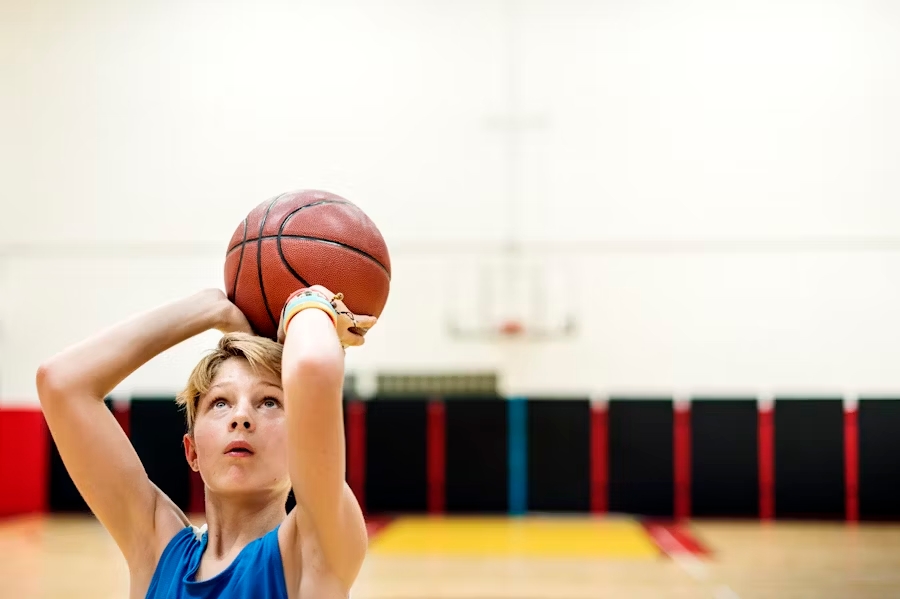Skill vs. Exposure: Where to Focus in Middle School & Beyond

Helping your athlete grow—without falling into the hype trap.
When your child starts getting serious about sports, it’s easy to feel pressure from every direction: travel teams, highlight reels, rankings, and recruiting showcases. But in middle school and even early high school, the most important thing isn’t exposure. It’s development.
Here’s how to navigate the skill vs. exposure conversation with confidence—and give your athlete the foundation they actually need.
Foundational Skills Come First
Middle school is the prime time to focus on technical ability, movement quality, and game sense. Athletes are still growing (physically and mentally), and the habits they build now will follow them into high school and beyond.
Polished mechanics and spatial awareness matter far more than trophies at this stage. A well-developed athlete with fewer medals will always outperform a high-profile player without real skill once the level of competition rises.
What to focus on now:
- Position-specific training
- General athleticism (agility, balance, speed)
- Healthy training habits and recovery routines
- Confidence and coachability
When Exposure Actually Matters
There’s a time and place for exposure—but it’s later than most families think. College coaches aren’t recruiting middle schoolers (even if social media makes it look that way). Real recruiting typically begins after sophomore year, when athletes have a competitive resume and verified academic progress.
That doesn’t mean you shouldn’t attend camps or showcases before then—but the goal should be learning and gaining experience, not impressing recruiters.
Start thinking about exposure when your athlete:
- Has a strong highlight reel with meaningful clips
- Consistently performs well against top competition
- Meets the academic standards for NCAA eligibility
- Is mentally ready to speak with coaches and handle pressure
Don’t Fall for the Pay-to-Play Trap
Not every tournament, platform, or video service is worth the money. Some programs promise exposure but deliver little more than high fees and a crowded field.
Before you sign up, ask yourself:
- Will this event offer meaningful competition or feedback?
- Does it fit my athlete’s current skill level and goals?
- Will anyone attending actually influence the recruiting process?
If the answer to any of those is no, your resources might be better spent on more training, recovery, or skill-specific coaching.
Development Over Hype
Strong programs focus on steady growth. They invest in athletes over time, not just during peak moments. Middle school is a chance to build real skill, learn how to train, and gain confidence through repetition. The goal is progress you can measure—rather than just attention you can post about.
College coaches watch how players develop over time. They’re drawn to athletes who work hard, improve steadily, and bring focus to every practice. A program that values training over hype helps young athletes stay motivated and ready for the next step, without burning out before they even get there.
Confidence, Not Burnout
Athletes thrive when they have time to grow. In middle school and early high school, that means building skills through consistent training, getting enough rest, and staying connected to the joy of their sport. Overloading them with constant travel or pressure drains motivation and makes progress harder to sustain.
A thoughtful approach gives young athletes room to improve while helping them build confidence in their abilities. When development is supported, they’re more likely to stay engaged and take pride in their growth. That kind of preparation shows when it matters most—no spotlight required.
Looking for guidance?
At The St. James, we help athletes grow from the inside out—with technical coaching, performance training, and recruiting education designed to support each stage of their journey.
